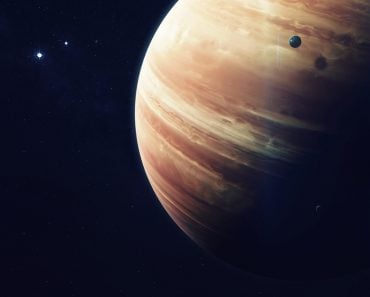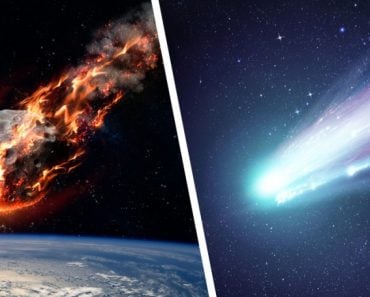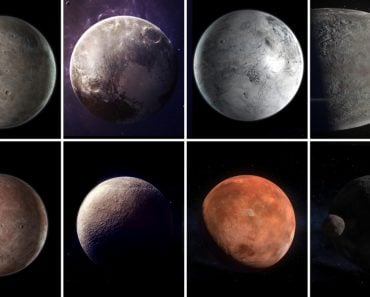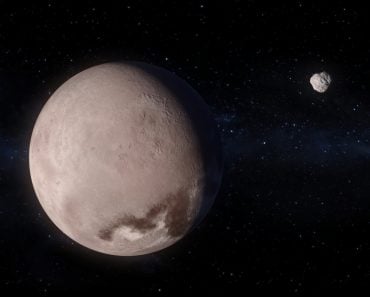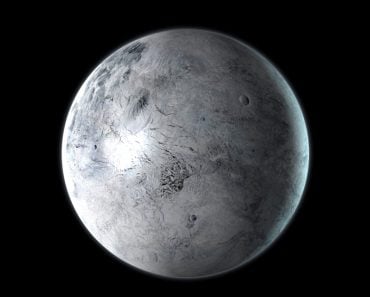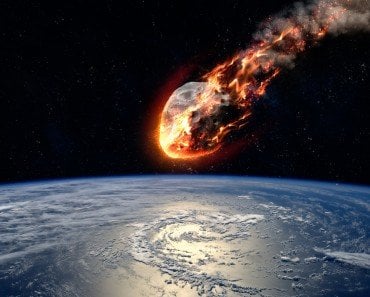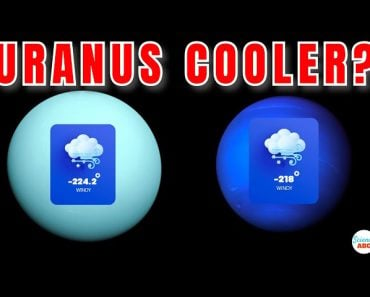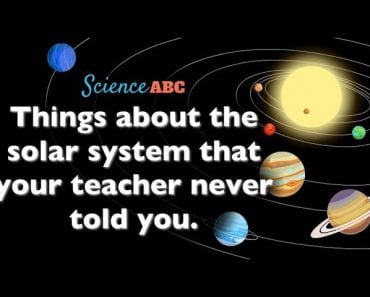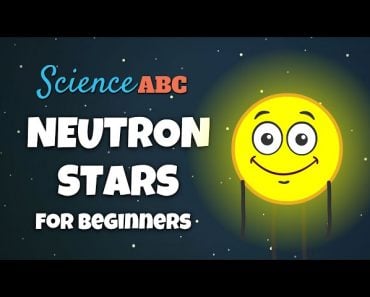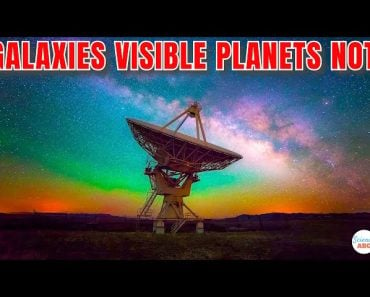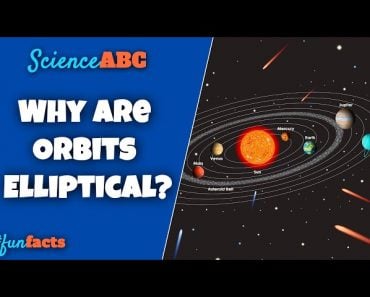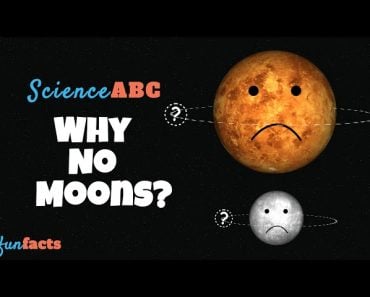The Asteroid Belt is situated in the region between Mars and Jupiter. It contains asteroids, minor planets and dwarf planets, and has a cumulative mass of about 4% of Earth’s Moon.
The region between the orbits of Mars and Jupiter is peculiar, as it houses a large family of asteroids. This “family” features everything from dwarf planets and minor planets to asteroids and particles of dust.
This is the Asteroid Belt, also known as the Main Belt to differentiate it from other groups of asteroids residing in its vicinity, such as Trojan asteroids and near-Earth asteroids. Although it is massive in scale, the asteroid belt contains only 4% of the mass of Earth’s Moon, a testament to the massive distances between the celestial objects it contains. However, collisions and redirections do occur, existing as a potential existential threat to Earth and the creatures living there.
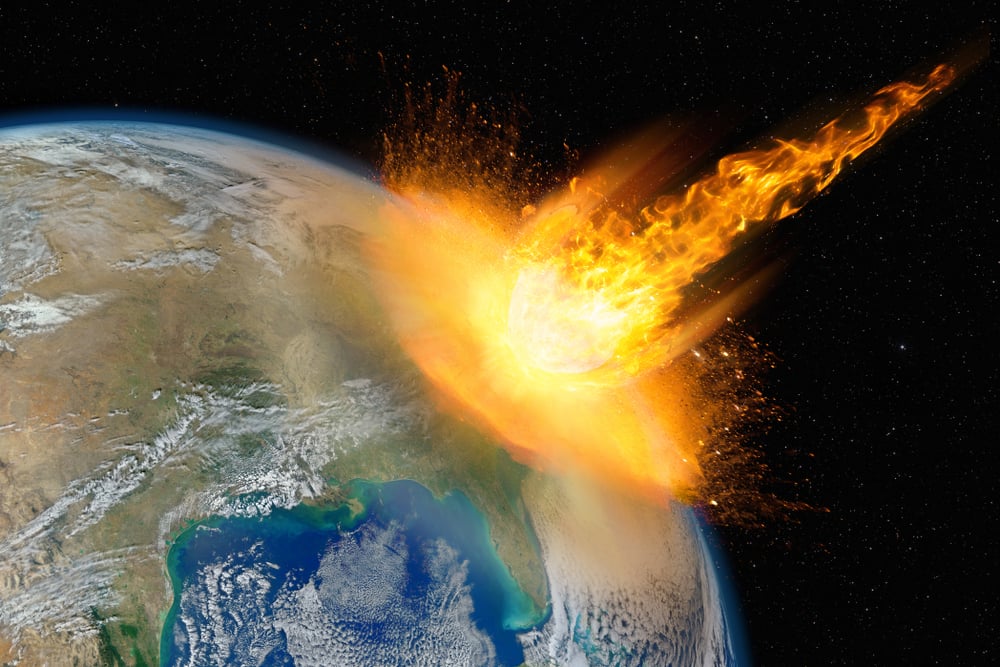
Recommended Video for you:
Early And Modern Observations Of The Asteroid Belt
The gap between Mars and Jupiter has been known about since the time of astronomer Johannes Kepler; he believed the gap was simply too big, meaning that there had to be a planet somewhere in that space.
The search for a planet in this region had been ongoing, but there was finally a breakthrough when Giuseppe Piazzi, an astronomer in Sicily, found Ceres on January 1, 1801. Soon after this discovery, Heinrich Olbers discovered Pallas, and in 1807, two more objects were found in the belt; these came to be known as Juno and Vesta.
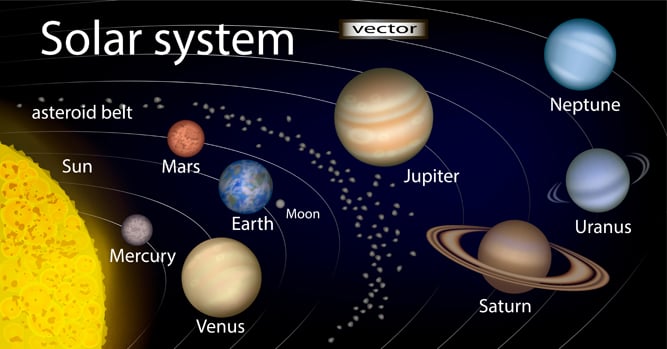
For several years, these new findings were officially thought to be planets of the solar system, but many other smaller celestial objects were later found in this belt, which made the growing planetary list illogical and cumbersome. In the early 1850s, they were dropped from the formal planet list and instead grouped in a new category called ‘asteroids’, a term first coined in 1802 by William Herschel.
It was around this time when the region between Mars and Jupiter came to be called the “Asteroid Belt’, although there is no official record of who came up with the term. The discovery of asteroids saw exponential growth; 100 asteroids were discovered by 1868, 1000 asteroids were known by 1921, and 100,000 were classified and tracked by 2000. Today, through the means of modern technology, new minor planets and asteroids are automatically detected at an ever-increasing rate!
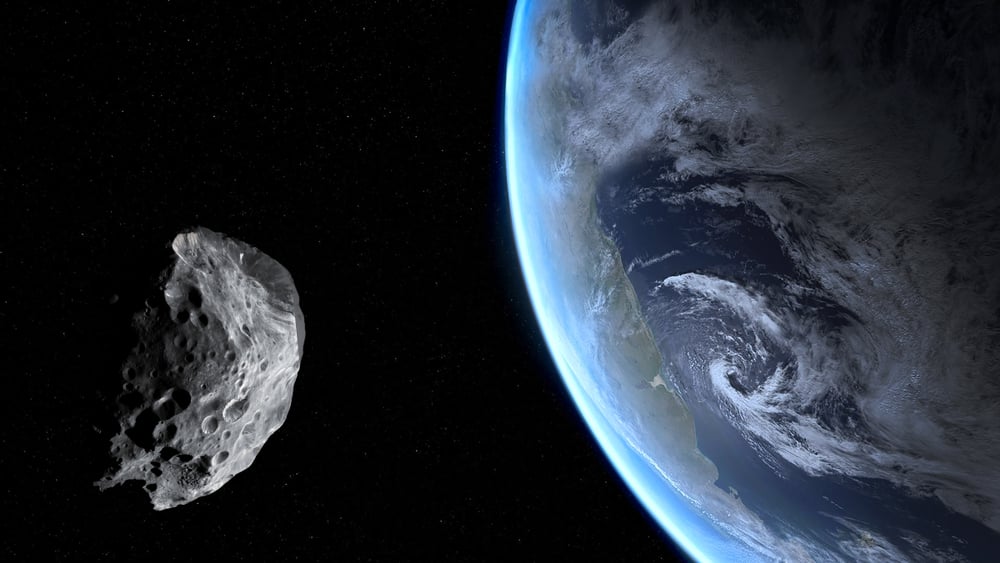
Formation Of The Asteroid Belt
In the 1800s, as the objects of the Asteroid Belt were being discovered, it was thought that they originated from a planet between Mars and Jupiter. Evidence suggests otherwise, as the mass of the asteroid belt composes just 4% of the Moon and the chemical composition differs between asteroids. These don’t seem to be the remnants of one lone planet, but more than one—or perhaps not a planet at all!
The origins of the Asteroid Belt can be traced to the hypothesis of planetary formation, which begins with interstellar clouds. The clouds of dust and gas become too heavy and collapse under their own gravity to form a disc of matter. This disc further condenses to what we see today as the Sun and the planets.
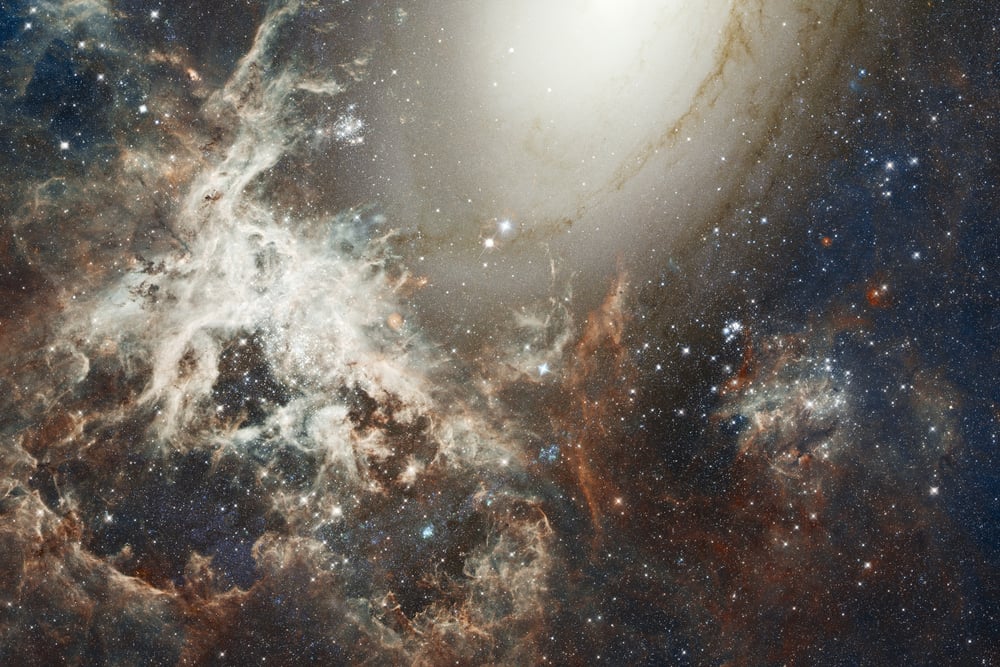
During this process, particles collide and clump together in a process of accretion. When they become big enough, they form a planet, to which other celestial bodies are attracted by the dominant gravity; these smaller bodies are called planetesimals. The planetesimals in the region between Mars and Jupiter were perturbed by the massive gravity of Jupiter and were therefore unable to become full-grown planets.
The early Solar System was also incredibly hot, which caused many of the asteroids to melt away. Given the comparably small size of the objects, this period was brief, and most of the inhabitants of the asteroid belt are believed to have come about in the first ten million years of our Solar System formation. This was some 4.5 billion years ago, although the asteroids have experienced continuous evolution over time.
Inhabitants Of The Asteroid Belt
The Asteroid Belt orbits the Sun with asteroids, minor planets and dwarf planets that range in size. Apart from the dwarf planet Ceres, which is 950 km in diameter, and asteroids like Vesta, Pallas and Hygiea, which are 525 km, 512 km and 434 km in diameter, respectively, there are more than 200 asteroids with a diameter greater than 100 km. There are about 1.2 million asteroids with diameters greater than 1 km.
This may seem like a lot at first glance, but the Asteroid Belt, is mostly empty space. As mentioned above, the entire mass of the Asteroid Belt is estimated to be somewhere around 2.39 X 1021 kg, accounting for only 4% of Earth’s moon mass. Half of the entire mass of the Asteroid Belt is composed of the 4 major objects in this belt—Ceres, Vesta, Pallas and Hygiea. Among that, almost 1/3 of the entire mass of the Asteroid Belt is owned by the dwarf planet Ceres.
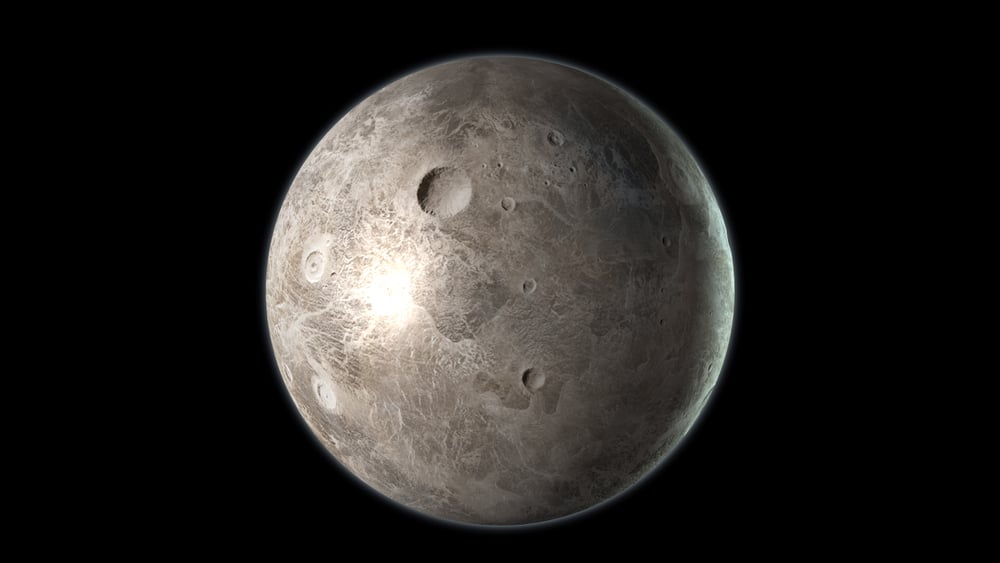
There are three types of asteroids found in the belt: silicate asteroids (S-type), carbonaceous asteroids (C-type) and metallic asteroids (M-type). Among these, the most common one is the C-type, which is red in hue and comprises about 75% of the asteroids. The S-type constitutes 17% and the M-type makes up 10%, respectively.
Asteroid Collisions: A Threat To Earth?
On an astronomical scale, collisions of asteroids are rampant. Asteroids that are more than 10 km in radius are expected to collide at least once every 10 million years. These collisions result in fine dust particles and if they happen at a slower speed, they can result in the fusing of two asteroids.
Another result of these collisions is meteoroids, which are made from the debris when two asteroids collide. Astonishingly, there 50,000 meteorites found here on Earth, of which 99.8% are thought to have come from the Asteroid Belt! Historically, collisions have resulted in cataclysmic events on Earth and there is a mathematical certainty that a significant asteroid will strike Earth sometime in the future.
These asteroids, called Near-Earth Objects (NEO), are found in the innards of the Solar System and pose a considerable threat to Earth. Programs have been formed to track and design counter-maneuvers if a large enough asteroid is found on a collision course with Earth. Programs like Near-Earth Asteroid Tracking (NEAT), Near-Earth Asteroid Research (LINEAR), Spacewatch program and many others have been set up to track the skies for potential extinction threats. These programs have discovered thousands of asteroids in the Asteroid Belt and located about 2,000 NEO.
References (click to expand)
- What is the asteroid belt? - Cool Cosmos - Caltech.
- http://web.archive.org/web/20200803120202/http://teacherlink.ed.usu.edu/tlnasa/reference/imaginedvd/Files/starchild/docs/StarChild/solar_system_level1/asteroids.html
- http://web.archive.org/web/20211219173553/https://www.open.edu/openlearn/ocw/mod/oucontent/view.php?id=20884
- Solar System.

